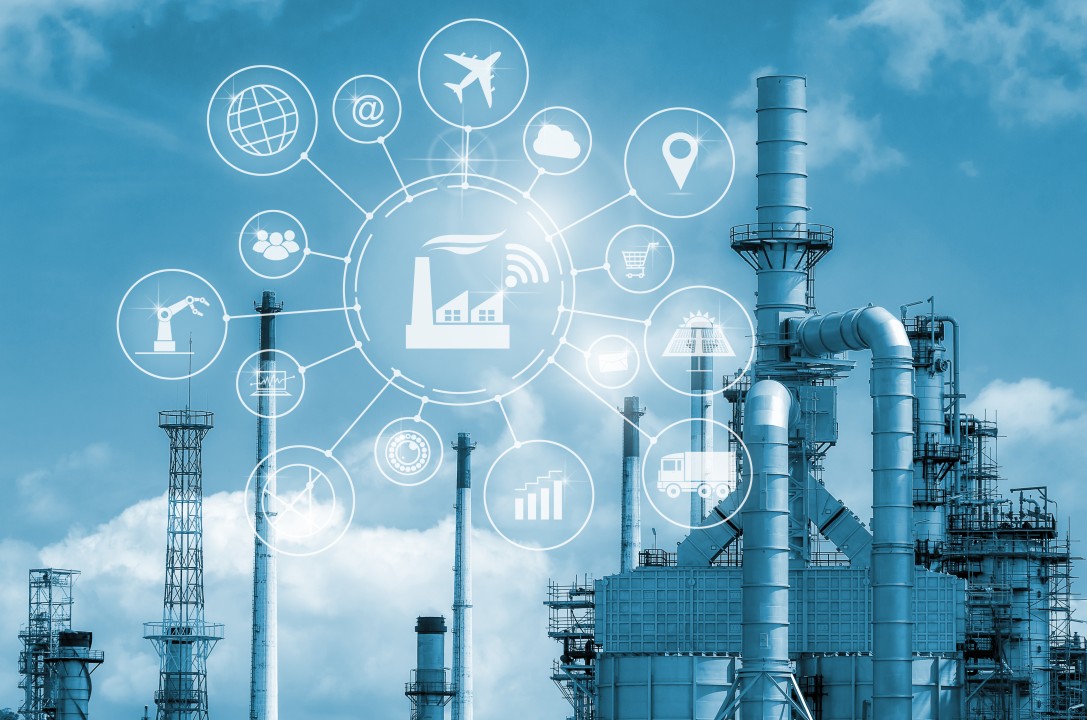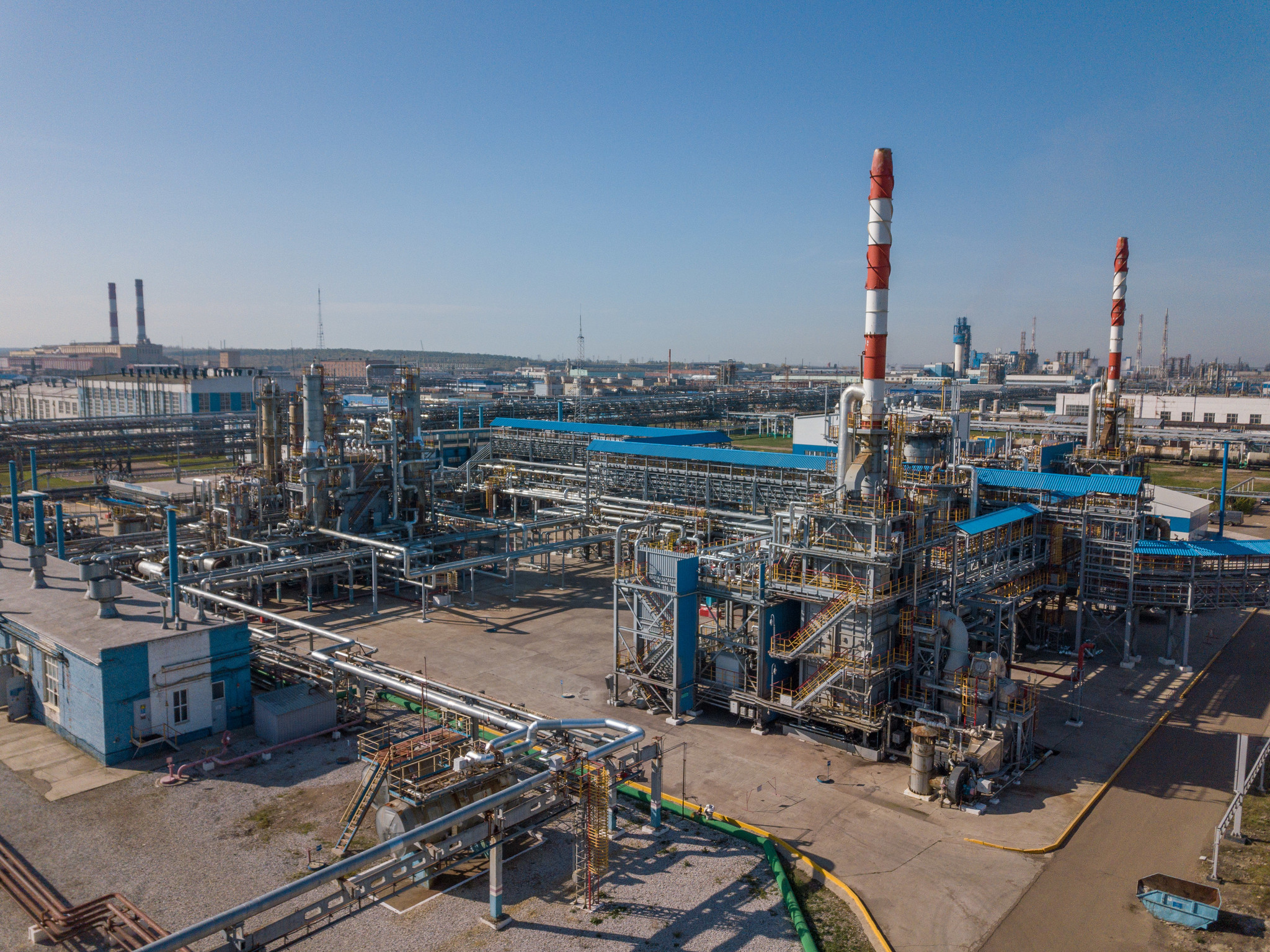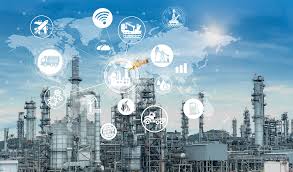In the competitive realm of Engineering, Procurement, and Construction (EPC) projects, optimizing fired heater performance is crucial for success. As the industry evolves, embracing digital technology strategies has become essential for enhancing efficiency, productivity, and profitability. In this comprehensive guide, we explore the strategic significance of leveraging digital technology to optimize fired heater performance in EPC projects, with a focus on adhering to API 560 and API 530 standards.

EPC projects in the refinery sector involve intricate engineering, procurement, and construction processes, with fired heaters playing a central role in various industrial applications. Refinery projects face unique challenges, including stringent safety standards, environmental regulations, and dynamic market dynamics. Navigating these challenges requires a strategic approach that integrates digital technology solutions and adheres to industry standards such as API 560 and API 530.

Image title
Digital technology strategy serves as a catalyst for optimizing fired heater performance in EPC projects, offering a range of tools and solutions to enhance project efficiency and outcomes. By leveraging technologies such as Building Information Modeling (BIM), advanced data analytics, and Internet of Things (IoT) sensors, project stakeholders can streamline workflows, improve collaboration, and make informed decisions throughout the project lifecycle. Digital twins enable real-time monitoring and predictive maintenance, ensuring optimal fired heater performance while aligning with API standards.

Image title
1. Enhanced Project Planning and Design: Digital technology enables more accurate planning and design of fired heater systems, minimizing errors and optimizing resource allocation in EPC projects.
2. Improved Collaboration and Communication: Digital platforms facilitate seamless collaboration among project teams, contractors, and stakeholders, enhancing transparency and efficiency in project execution.
3. Streamlined Procurement and Supply Chain Management: Digital tools streamline procurement processes, optimize inventory management, and improve supply chain visibility, reducing costs and project delays.
4. Efficient Construction and Execution: Digital technologies enhance construction efficiency through real-time monitoring, automated workflows, and remote project management capabilities, ensuring timely project completion.
5. Enhanced Safety and Risk Management: Advanced analytics and predictive modeling enhance safety protocols, identify potential risks, and mitigate hazards, ensuring a safer work environment for project personnel.
6. Optimized Operations and Maintenance: Digital twins and asset management systems enable proactive maintenance, minimize downtime, and extend fired heater lifespan, maximizing operational efficiency and asset performance.
7. Regulatory Compliance and Environmental Sustainability: Digital solutions aid in compliance with regulatory requirements and environmental standards, reducing compliance risks and enhancing sustainability credentials for EPC fired heater projects.
8. Cost Savings and Return on Investment: By optimizing project processes and minimizing inefficiencies, digital technology strategy delivers significant cost savings and improves return on investment for project stakeholders.
9. Competitive Differentiation and Market Positioning: Organizations that embrace digital transformation gain a competitive advantage by delivering projects more efficiently, meeting client expectations, and positioning themselves as industry leaders in the EPC fired heater sector.
10. Future-Proofing and Adaptability: Digital technology strategy future-proofs EPC fired heater projects by enabling agility, flexibility, and scalability to adapt to changing market conditions, technological advancements, and regulatory landscapes, ensuring long-term success and viability.

1. Environmental Protection Agency (EPA)
2. International Energy Agency (IEA)
3. American Petroleum Institute (API)
4. Occupational Safety and Health Administration (OSHA)
5. European Union Emissions Trading System (EU ETS)
6. International Organization for Standardization (ISO)
7. United Nations Framework Convention on Climate Change (UNFCCC)
8. Energy Information Administration (EIA)
9. National Institute of Standards and Technology (NIST)
10. World Health Organization (WHO)
In conclusion, leveraging digital technology to optimize fired heater performance in EPC projects offers significant competitive advantages. By embracing digital transformation and adhering to industry standards such as API 560 and API 530, organizations can enhance efficiency, productivity, and sustainability in fired heater projects. With strategic integration of digital technologies and alignment with regulatory requirements, EPC projects can achieve operational excellence and maintain a competitive edge in the evolving marketplace.